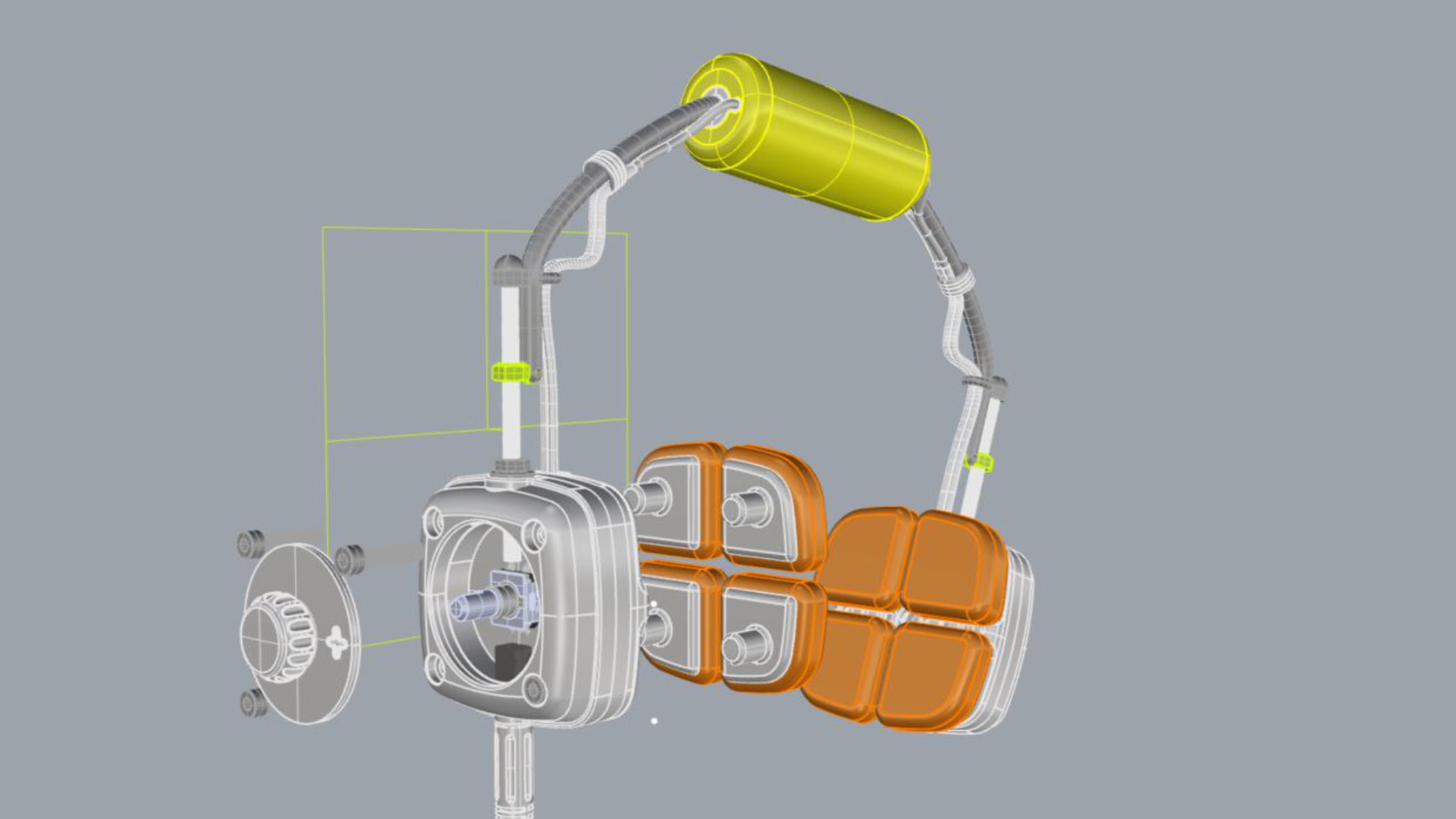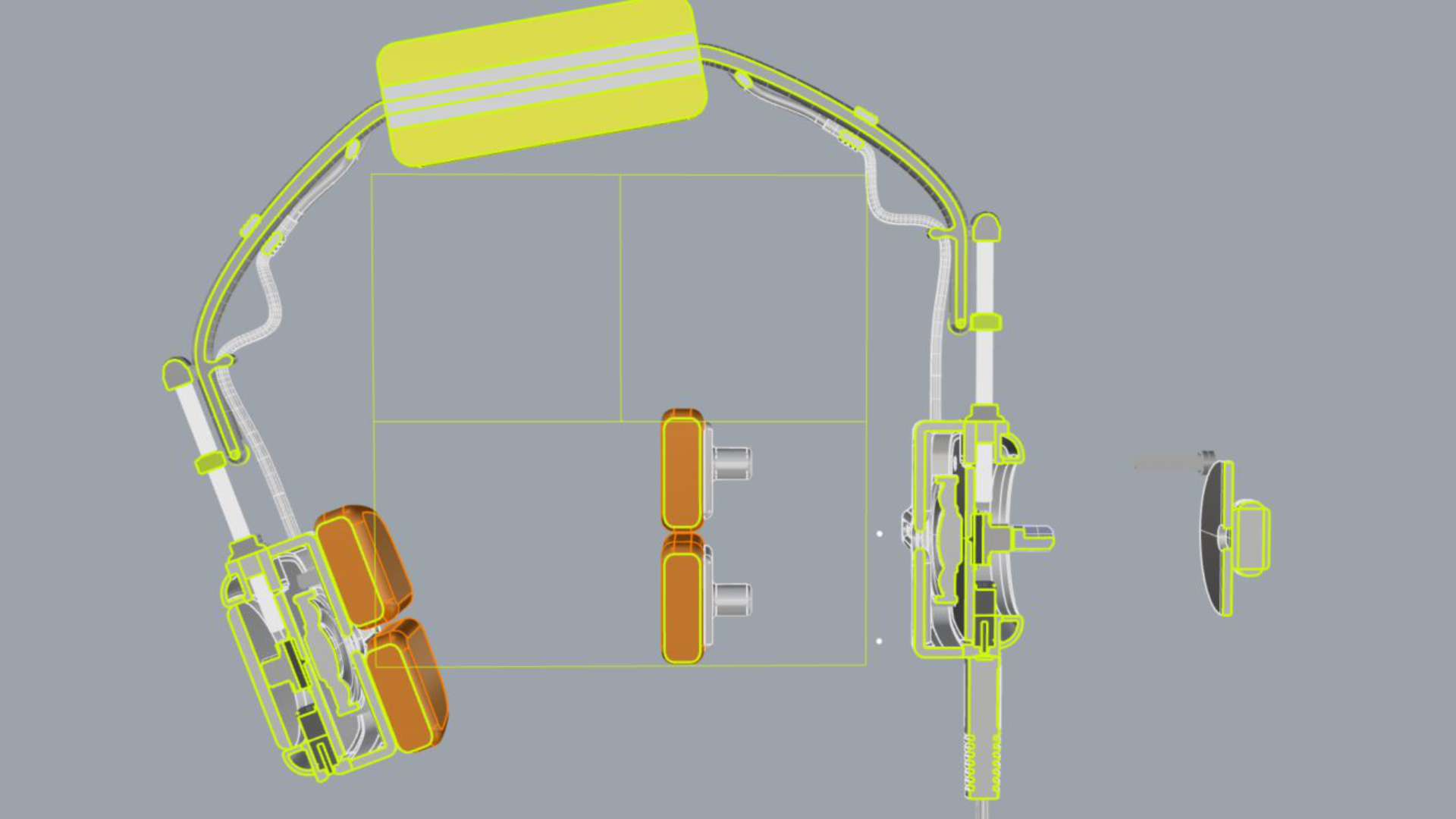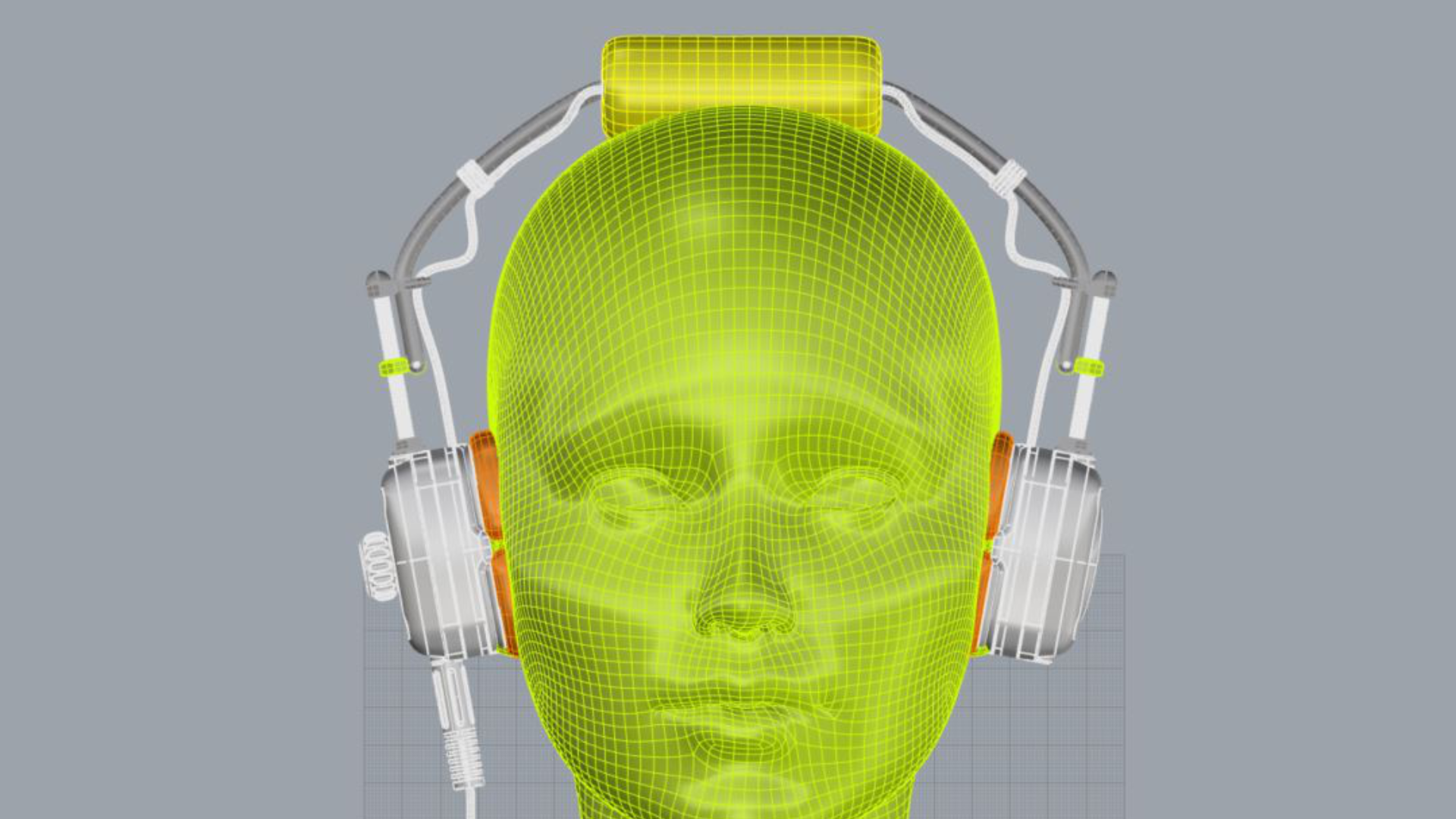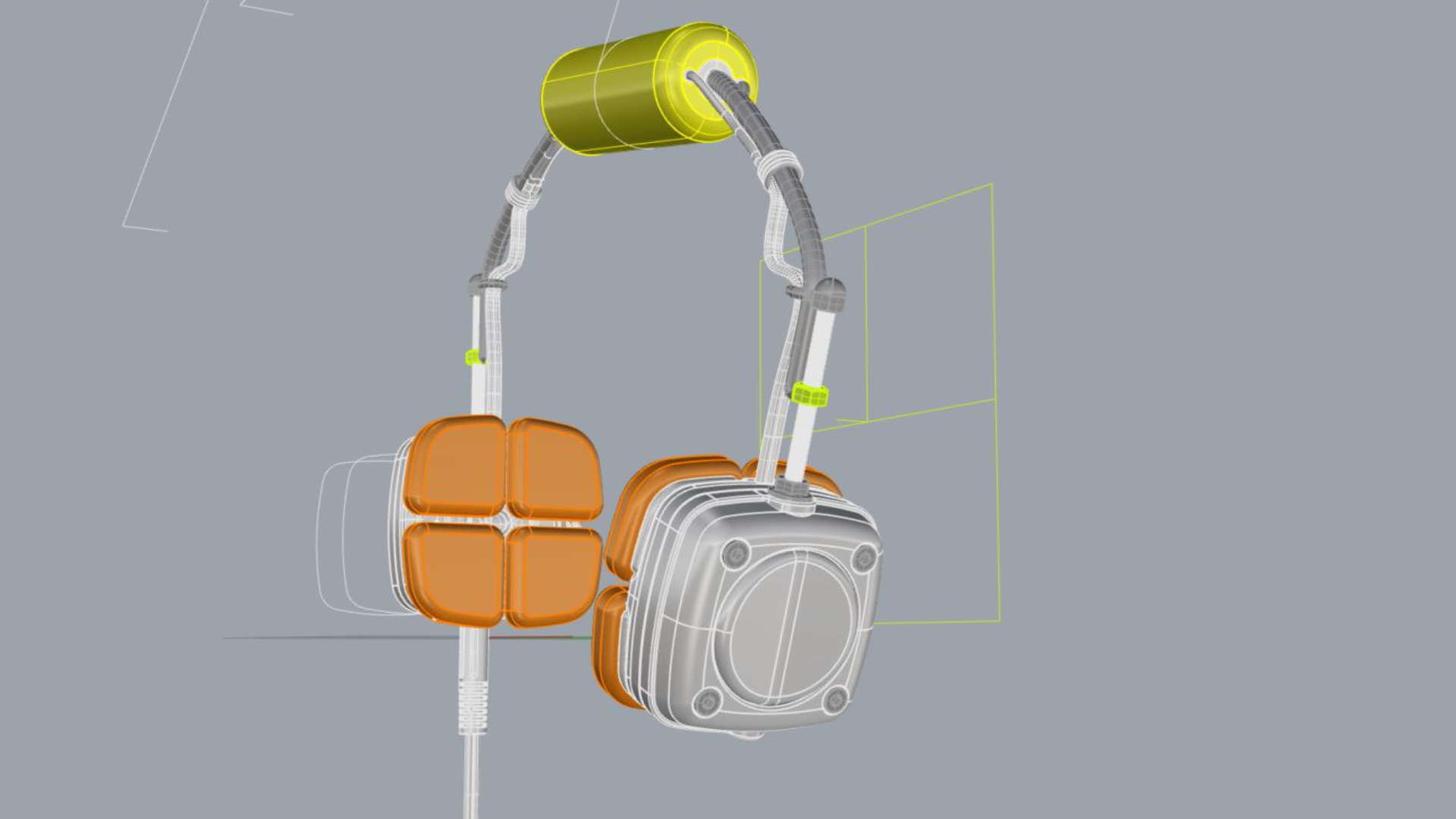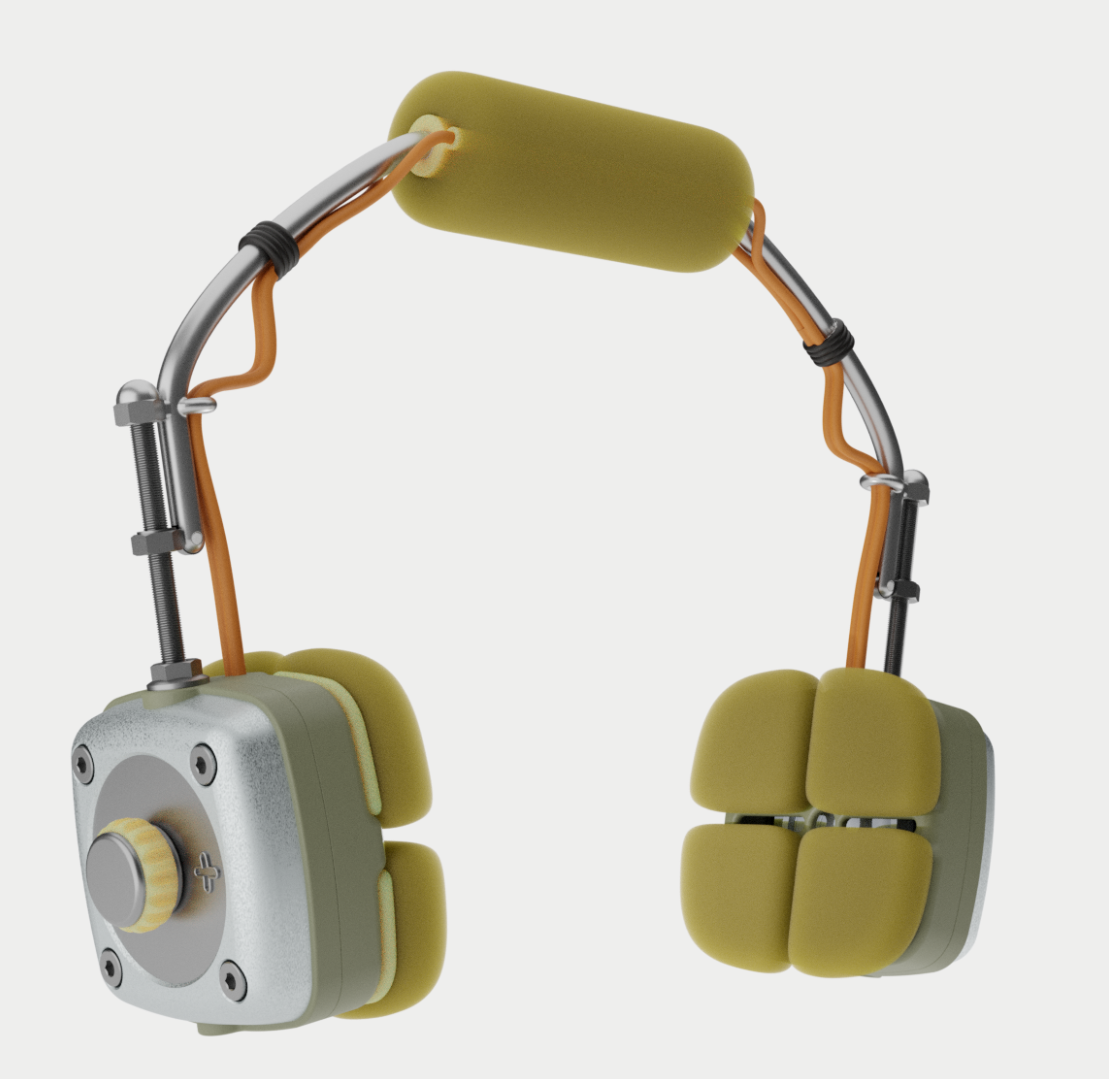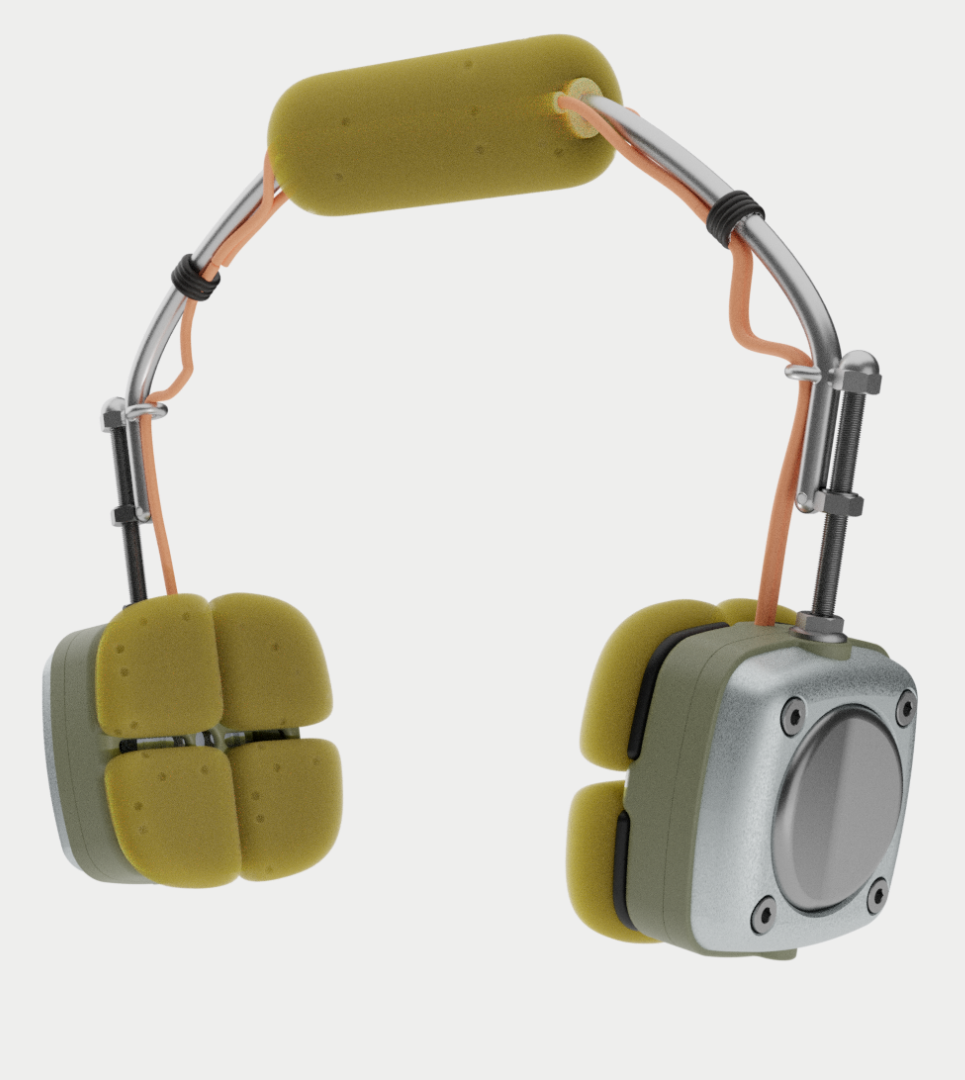Ad-Hoc headphone
TU-Delft - 2020
Memetic Design
Challenge
Design of a headphone for the lifestyle of the 'Ad Hoc creative'. The Ad Hoc creative is a self-defined lifestyle group of those creatives obsessed with purposely adapting and customizing their objects and surroundings to fit their daily lives.
Approach
This project was part of the TU-Delft Master's elective Memetic Product design. In this course, students are challenged to design for a specific lifestyle group by identifying the memetic characteristics of this target group. This course is based on the meme theory of Richard Dawkins. This theory describes Memes as replicable units of cultural information, similar to what genes are to the human body. (Memes can be anything from gestures, words, materials, shapes to colours.) This project aims to identify the memes that fit this lifestyle group and use them as a tool to design a lifestyle-appropriate product.
DESIGN PROCESS
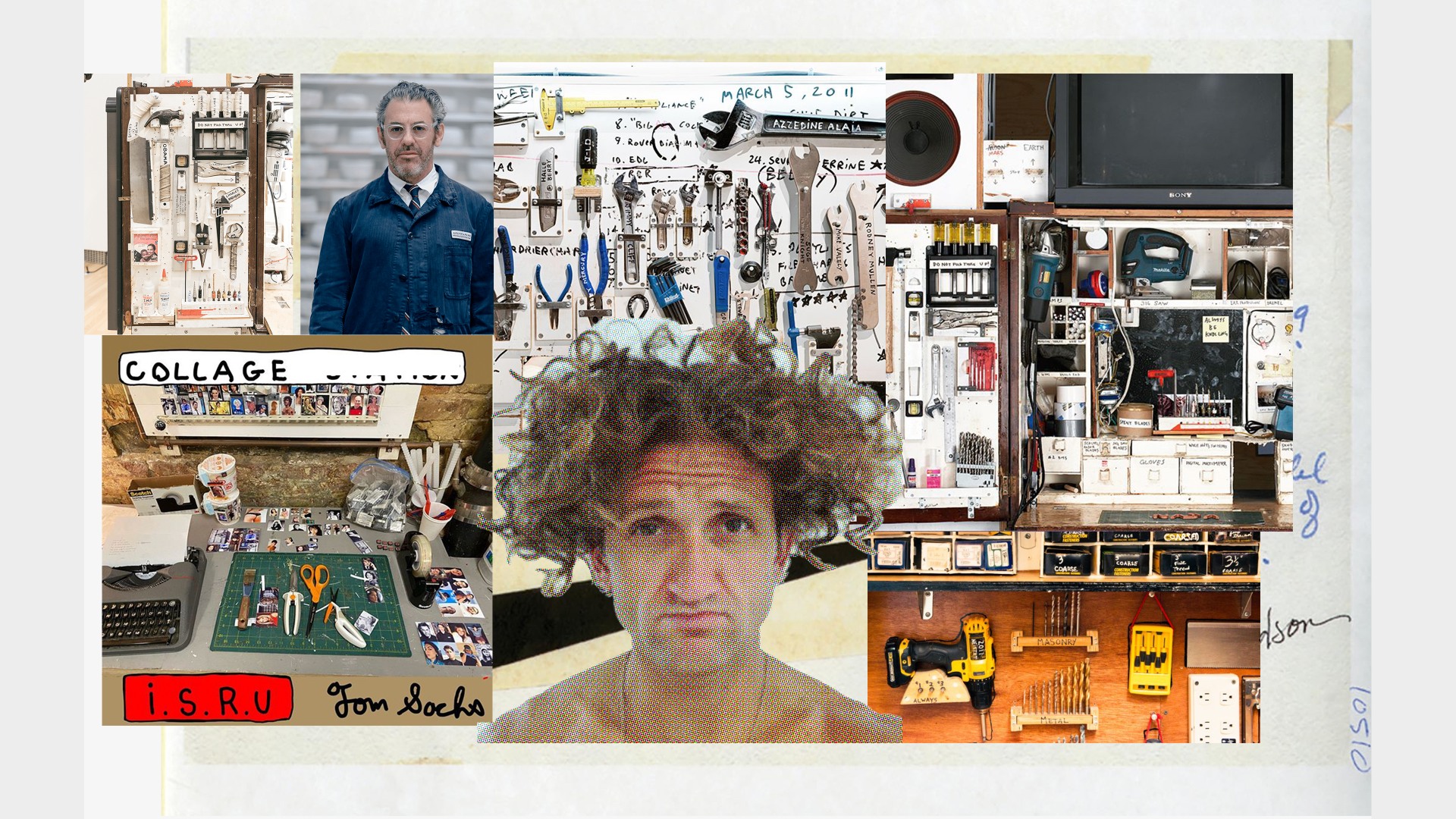
Lifestyle vision
The Ad Hoc creative is a self-described lifestyle group of extraordinary creatives who purposefully adapt their objects and environment to their everyday lives. Their slogan is "Do It Yourself", and they are obsessed with shaping the world they want to live in. Creatives like filmmaker Casey Neistat and artist Tom Sachs are prime examples of the Ad Hoc lifestyle. This collage shows the target group in their natural habitat, their workplace.
Emotive vision
This Emotive collage embodies this lifestyle group's character, which can be described as a mix between a mad scientist and an obsessed detective. They are persistent, passionate, and in their way, they balance being organized in the midst of their chaos.
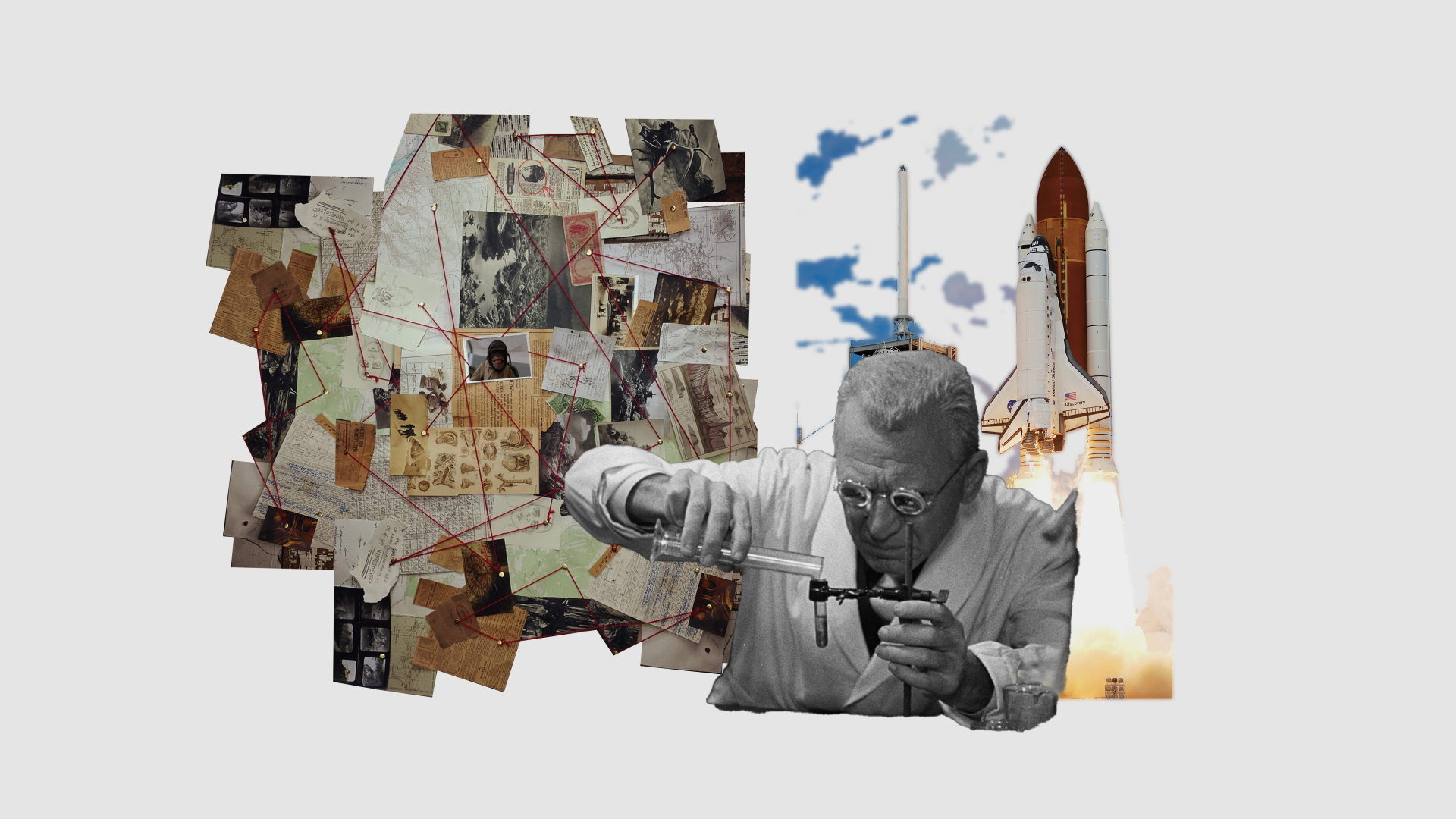
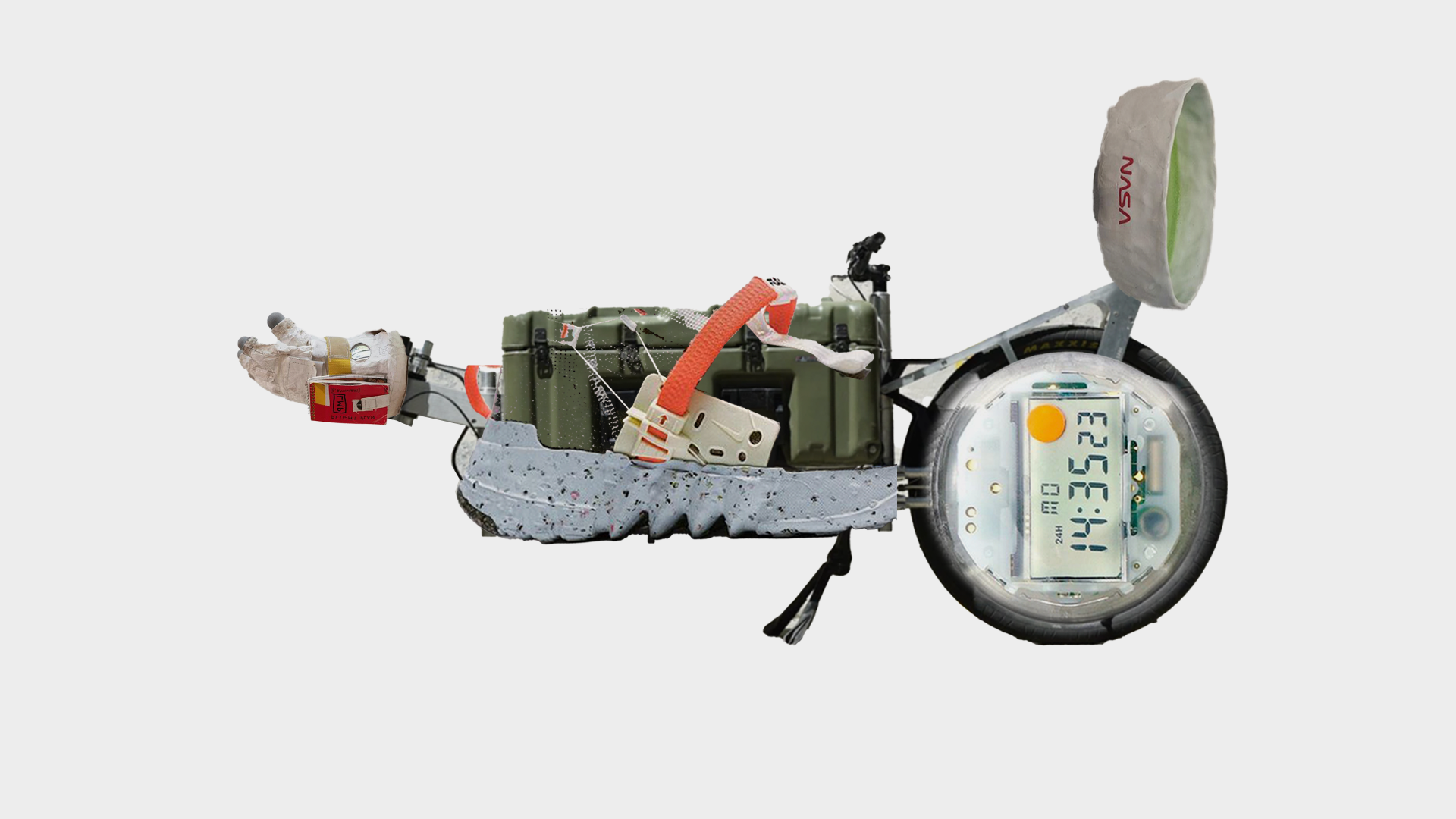
Memetic vision
Ad hoc is defined as "made or happening only for a particular purpose or need." Therefore, the products of this lifestyle have a do-it-yourself look, with each component serving a purpose. Purpose-oriented products such as military and aerospace equipment are consequently strong memetic references for the ad hoc lifestyle. These functionality-oriented products typically have a robust look, are made of durable materials, and come in subdued colours from wear and tear over time or made to blend in with their surroundings.
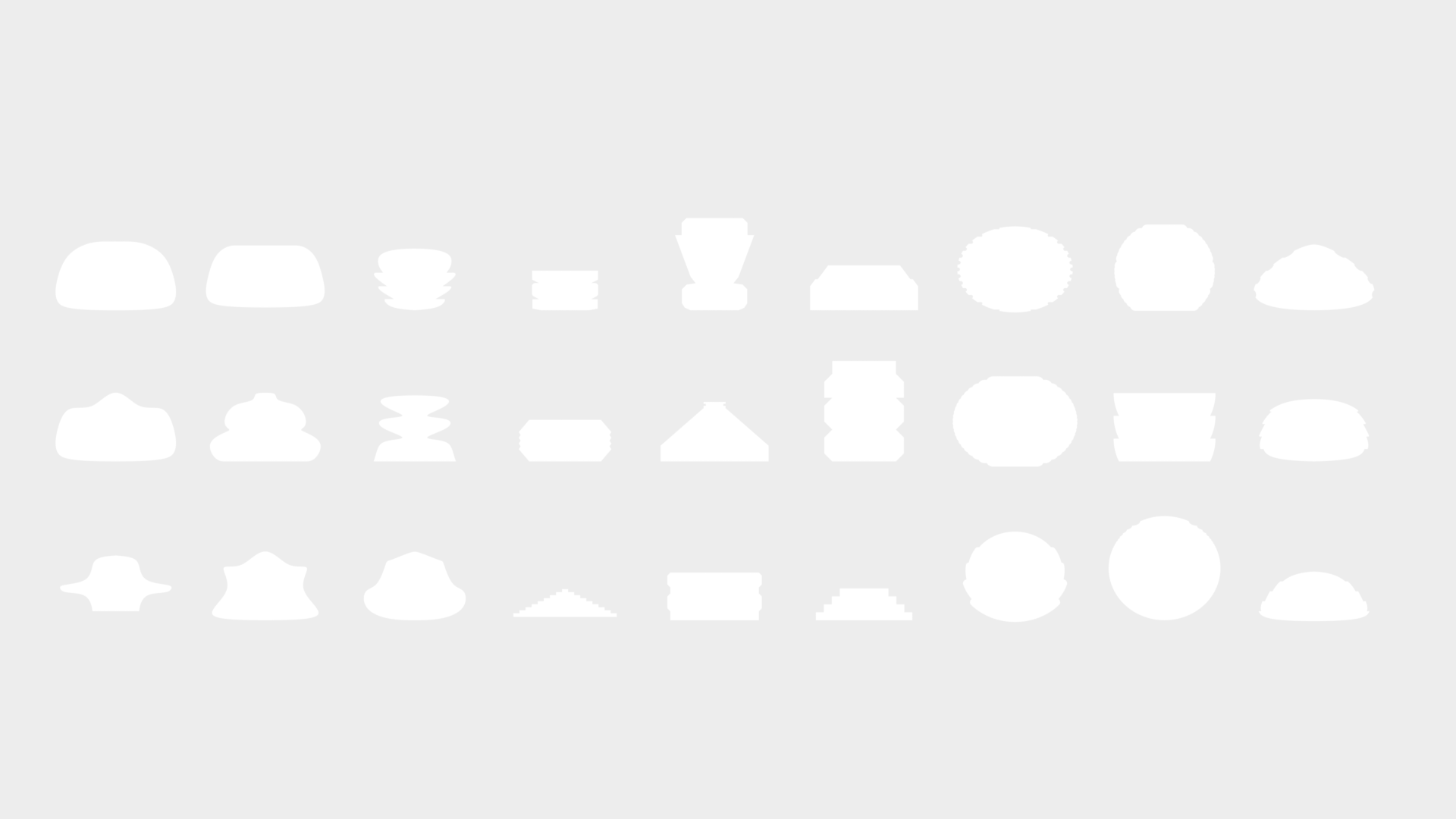
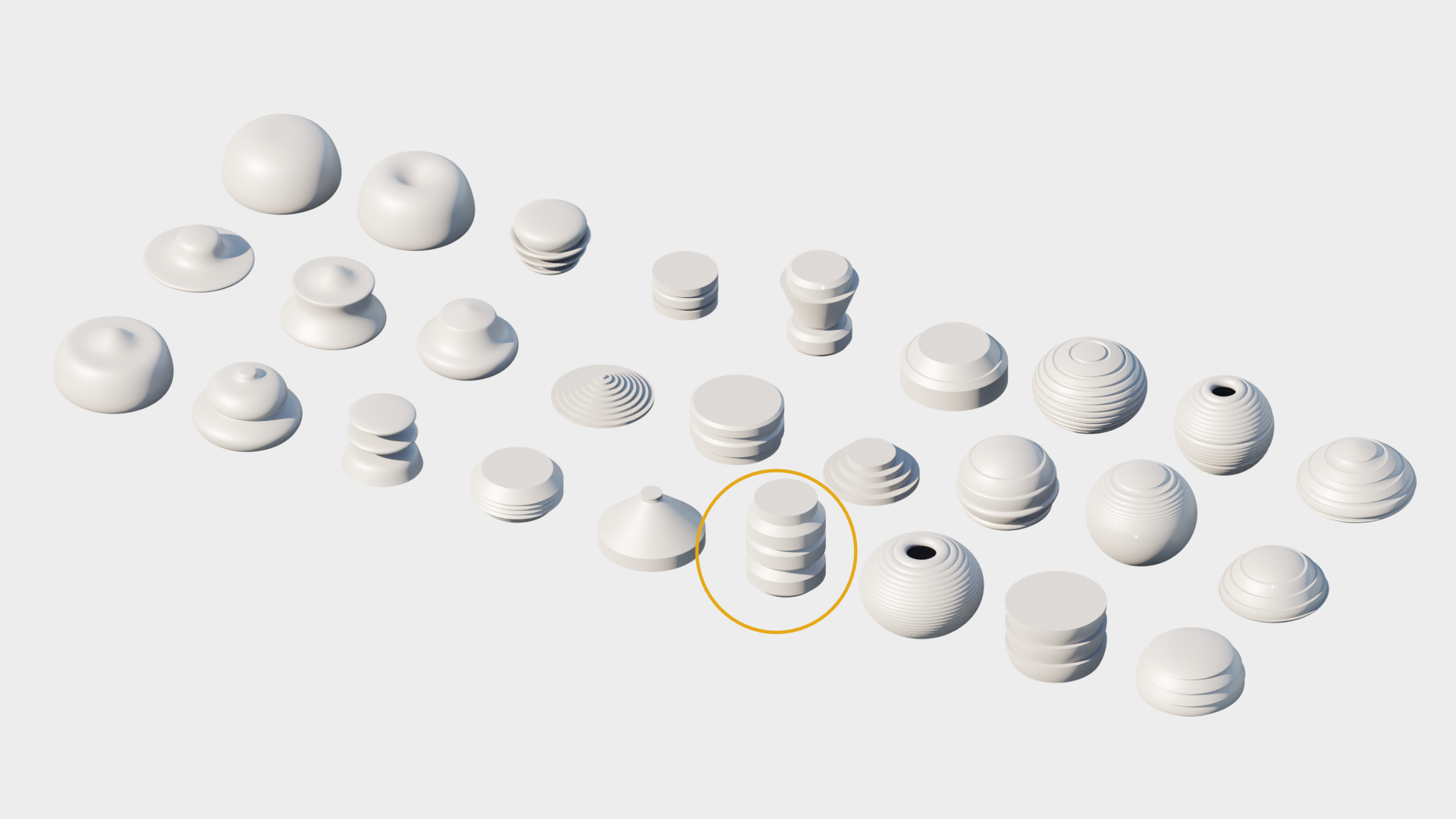
Shape character
Rotational shapes were explored to discover the basic contours that would evoke the aesthetic characteristics of the Ad Hoc target audience. Shapes with layered, stacked elements best fit the targeted aesthetic as they visualize both show toughness and the character of being put together.
3D Collage
To emphasize the do-it-yourself nature of the Ad-Hoc aesthetic, an exploratory, hands-on approach was used whereby one of the rotating shapes was 3D printed and then used as the basis for 3D assemblies in combination with random objects. This resulted in several headphone assemblies that formed the basis for the final concept development.
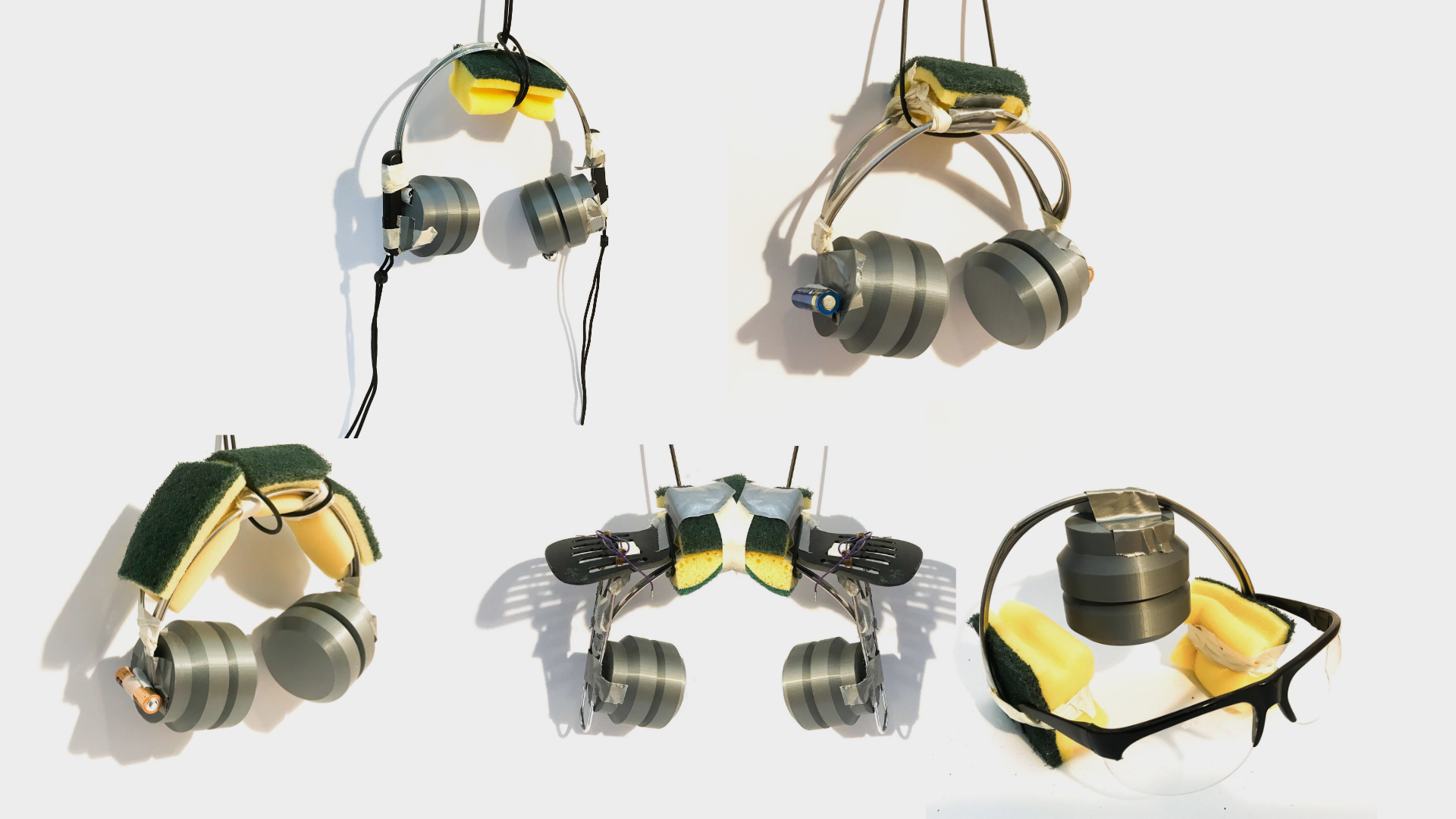
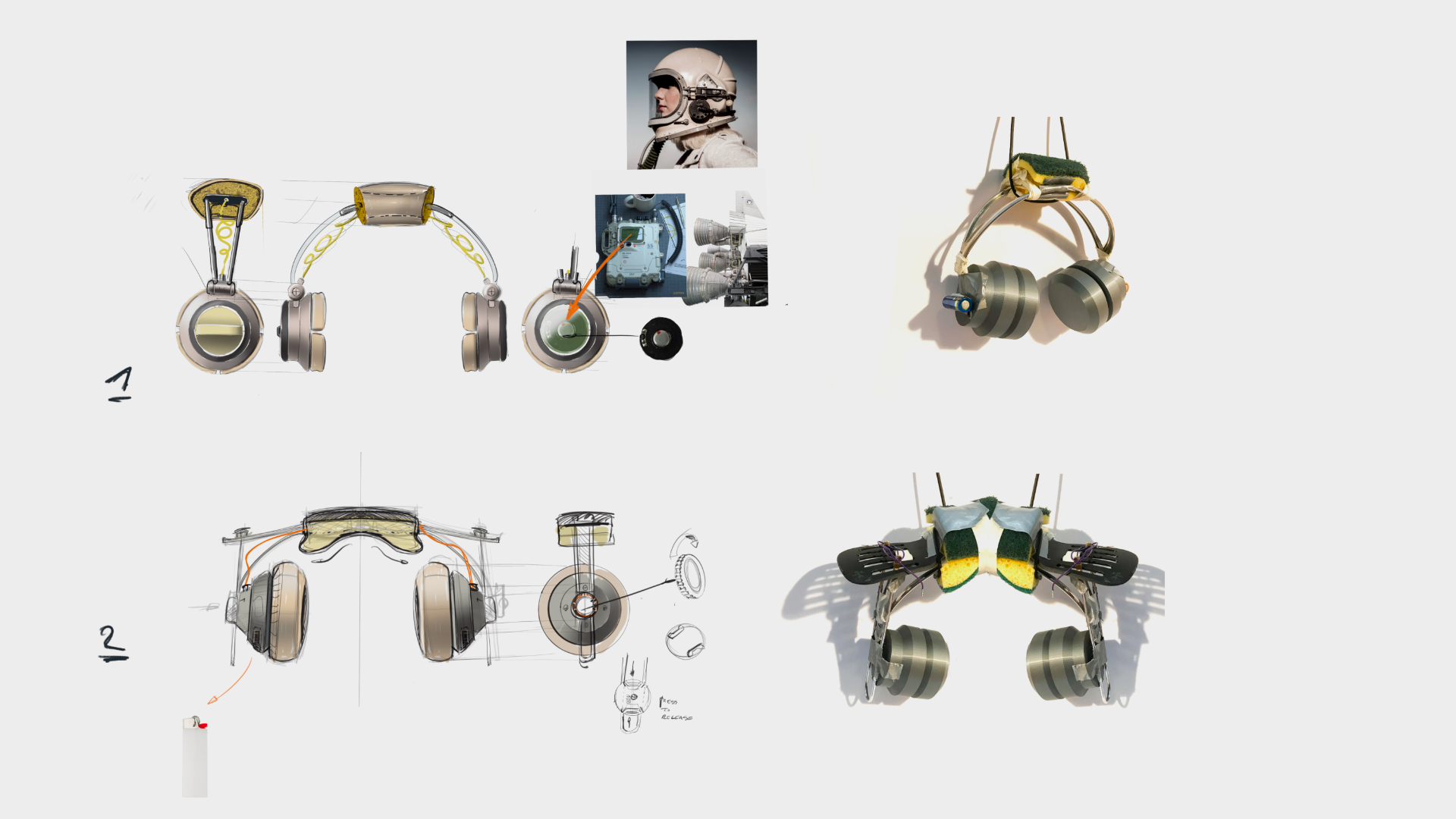
Initial concepts
The most fitting and interesting assemblies were further explored with sketches. The combination of the sponge as a cushion and tactile, large and interactive controls were recurring themes in the concepts and served as key attributes in the final concept development.
CAD Development
The headphones were further developed in CAD through an iterative process. Since the aim was to create a convincing, purposeful aesthetic, it was also necessary to work out the details in functionality by integrating the main components, such as the headphones' drivers, controls and fasteners.
Final design
The final design is an open headphone that looks like it was put together with objects and scraps lying around in a workshop. For example, the hinge mechanism consists of a bent steel rod held in place with nuts and bolts, and the user must unscrew a bolt to fold the headphones. The cushion on the headband similarly refers to a paint roller, and the same sponge material is used for the ear pads. While conventional headphones use ring-shaped cushions, here they are made of 4 separate replaceable foam elements.
As for interaction, a tactile dial driven by a potentiometer provides volume control, while on the other side of the earcup, a rocker switch allows the user to rewind and skip tracks.
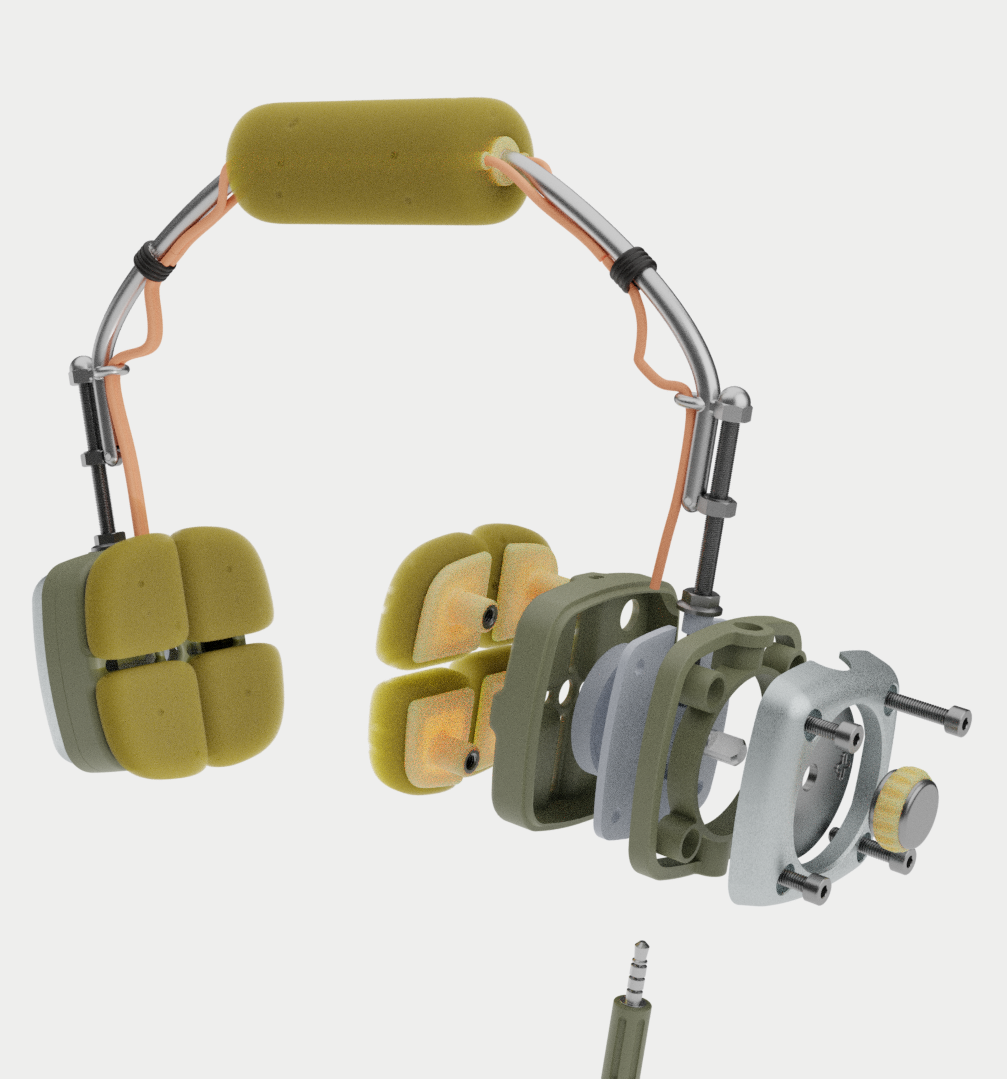
© Orelio De Jonghe 2023
All Rights Reserved.
